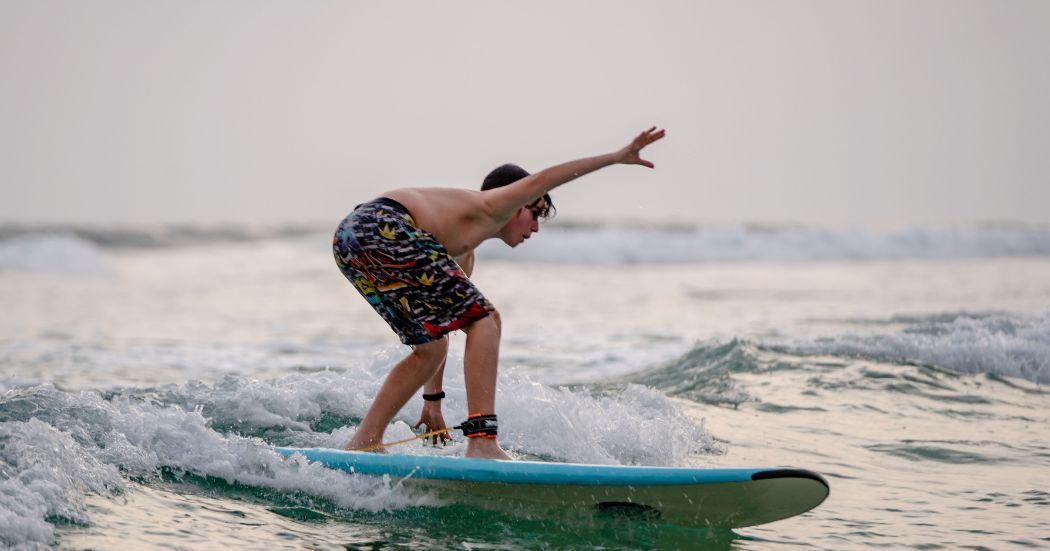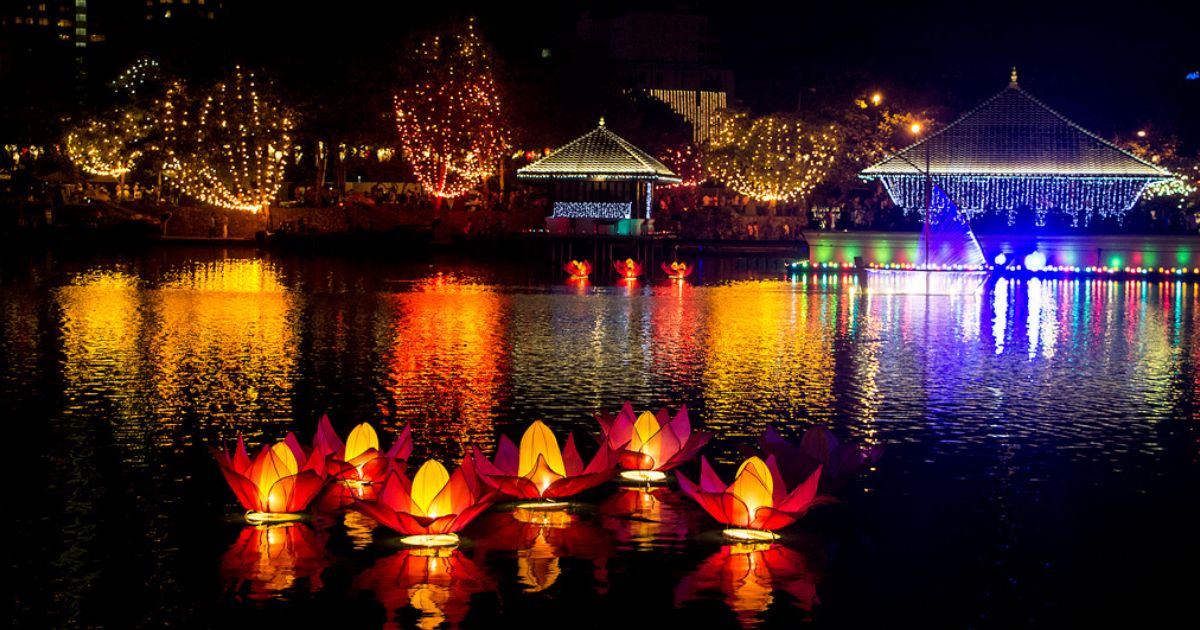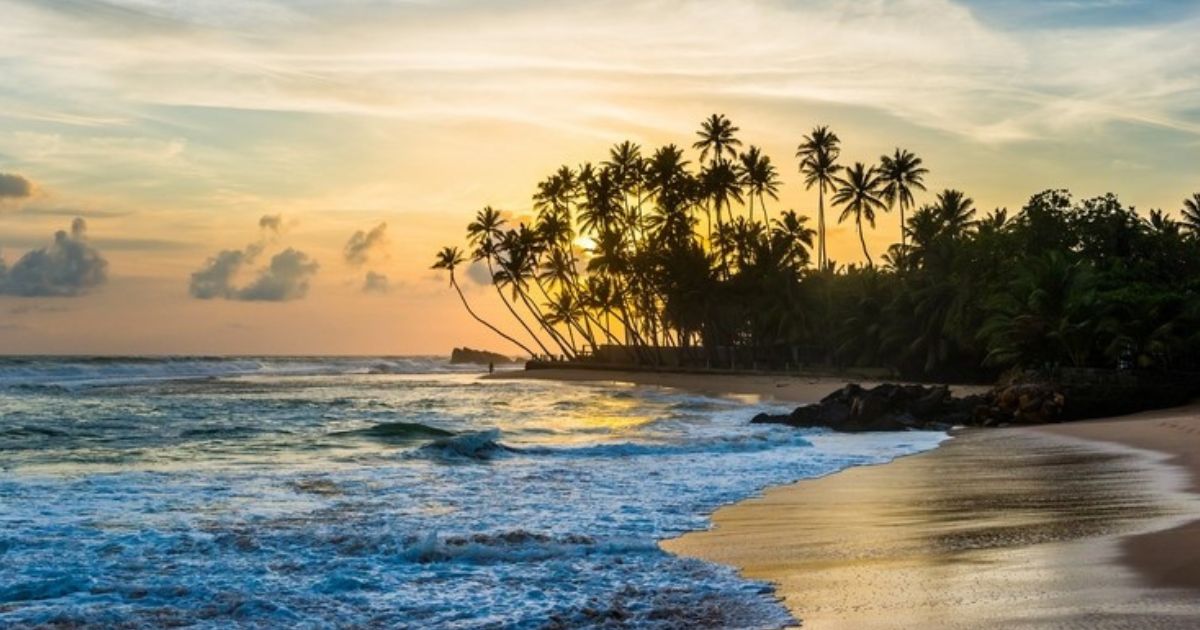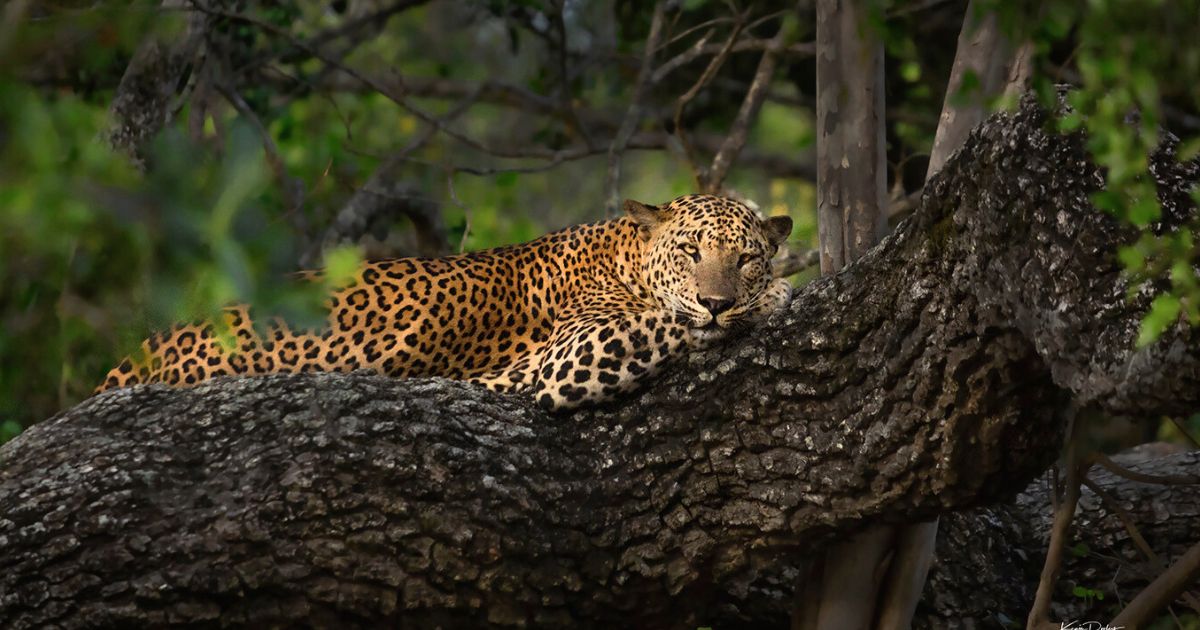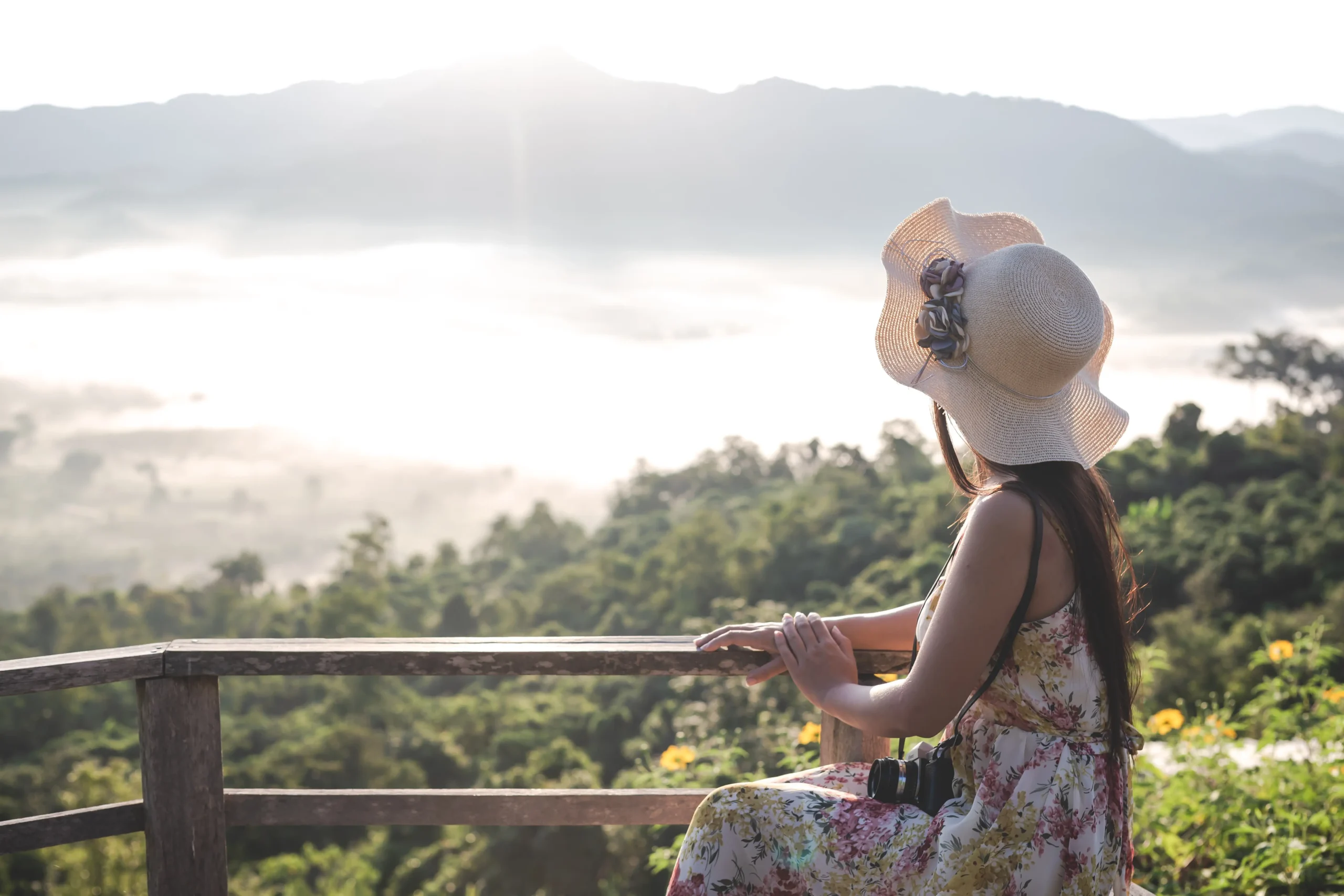Surfing, Diving, And Snorkeling in Sri Lanka: A Water Sports Adventure
Key Points
- Surfing Schools: Good surfing schools in Sri Lanka are primarily in the southwest (Weligama, Hikkaduwa) and east (Arugam Bay) for beginners and intermediates with expert instruction.
- Diving Spots: The waters in the island are full of colorful coral reefs and shipwrecks with perfect diving places like Hikkaduwa, Trincomalee, and Kalpitiya.
- Snorkeling Havens: Pigeon Island, Mirissa, and Unawatuna have easy, colorful underwater trips for snorkelers of all levels.
- Seasonal Timing: The southwest coast is best between November and April, while the east coast is best between May and October.
- Conservation Focus: Sustainability tourism plays a critical role in preserving Sri Lanka’s marine ecosystem.
Why Sri Lanka for Water Sports like Surfing, Diving, And Snorkeling?
Sri Lanka’s 1,340-kilometer coastline battered by warm Indian Ocean currents makes it the number one choice as a water sports destination. The island’s twin monsoon seasons provide year-round possibilities, with the southwest coast best between November and April and the east coast between May and October. Its comparatively untroubled beaches and biodiversity in the sea, comprising turtles, reef sharks, and corals in vibrant hues, beckon travelers in search of unadulterated experiences. Whether it is surfing for the first time, exploring shipwrecks, or snorkeling among tropical waters, Sri Lanka provides an equal mix of adventure and peace.
Top Activities to Explore
From riding waves to finding underwater kingdoms, the water sports lifestyle in Sri Lanka is diverse and exciting. Surfing schools have structured classes, and diving and snorkeling spots offer interactions with colorful sea life. These experiences are open to beginners and seasoned adventurers, with skilled guides offering security and entertainment.
Practical Tips for Tourists
To get the best out of your water sports experience, time your visit by season, select licensed operators, and be careful in marine environments. Carry critical equipment such as sunscreen and a refillable water bottle, and opt for guided tours for a better understanding of Sri Lanka’s coastal ecosystems.
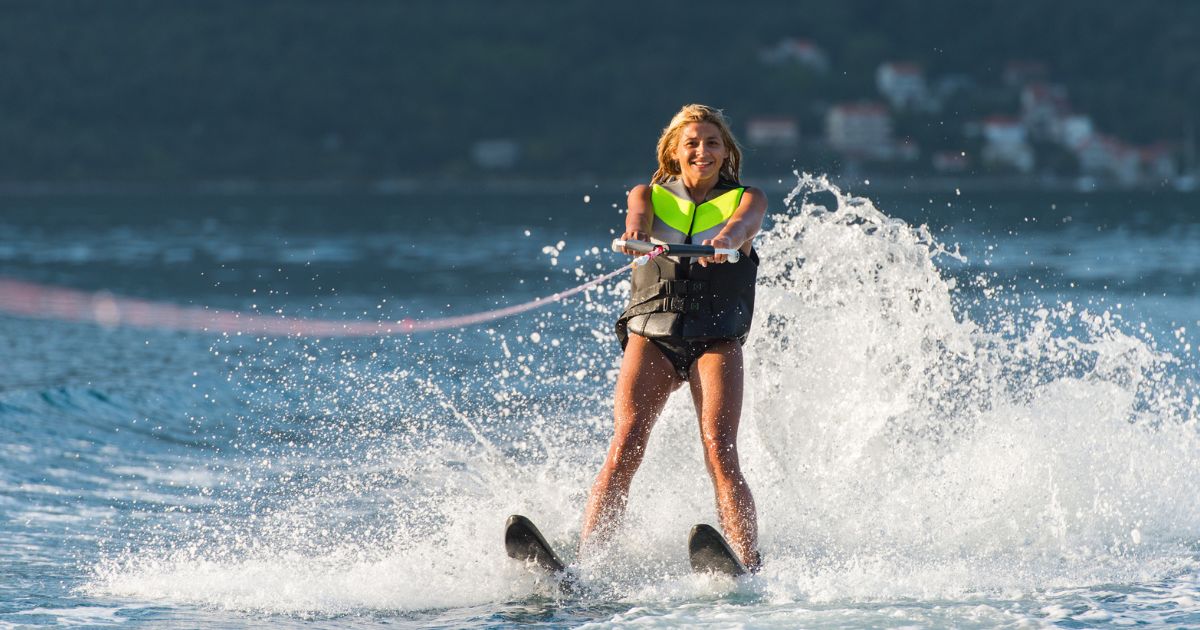
Introduction
Sri Lanka, the Indian Ocean’s teardrop-shaped island nation, is paradise for water sport enthusiasts, blessed with surfing, diving, and snorkeling of international standards along its 1,340-kilometer-long coastline. From the beginner waves at Weligama to the coral reefs at Pigeon Island, Sri Lanka’s diverse marine settings and tropical waters guarantee that this island is absolutely a destination to visit. Whether you’re a novice looking to catch your first wave or an experienced diver exploring shipwrecks, Sri Lanka’s coastal playground promises adventure, beauty, and unforgettable memories. In this guide, we’ll explore the best surfing schools, diving spots, and snorkeling locations, along with practical tips to ensure a safe and sustainable experience.
Why Sri Lanka is a Water Sports Hotspot
Sri Lanka’s appeal as a water sports destination is due to its unique geography and climate. The two monsoons which sweep the island offer all-year-round opportunities: between November and April the southwest coast thrives, and between May and October the east coast. This offers consistent waves and clear water for surfing, diving, and snorkeling. The island’s marine diversity, with over 1,000 fish species and 150 coral species, adds to its beauty. In contrast to more commercialized tourist areas, Sri Lanka’s water sports industry remains largely unpopulated, offering a genuine and real experience. The presence of professional schools, virgin dive sites, and access to nearby snorkeling points makes it suitable for both experienced adventurers as well as new entrants.
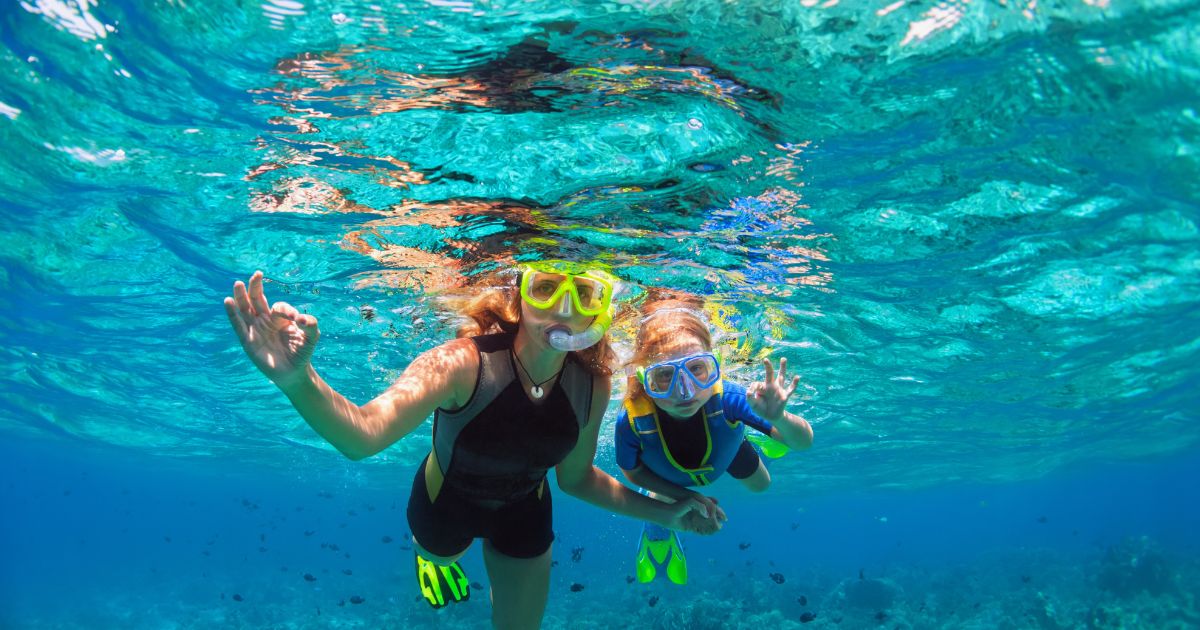
Value of Water Sports in Sri Lanka
Sri Lankan water sports are every bit about environment and culture as they are about adventure. Coastal villages’ livelihood is based on tourist trade, with local guides employed by surf schools and dive operators, driving economic growth. The water sports engender an awareness of marine conservation, encouraging responsible tourism to protect fragile coral reefs and sea creatures. By choosing green operators, tourists preserve Sri Lanka’s natural treasures so that generations to come can enjoy its underwater haven as well.
Must-Visit Surf Schools and Spots
Sri Lanka’s southwest and east coasts are renowned for their surf breaks, catering to beginners, intermediates, and pros. Here are the top surfing schools and spots:
- Surf School Sri Lanka (Ahangama): Known for its intermediate coaching, this school offers personalized lessons with ISA-certified instructors, daily video analysis, and a unique YouTube coaching platform (Surf Insight). It’s ideal for surfers beyond the beginner level but was open only until February 28, 2025. Contact them for recommendations on other schools for later dates (Surf School Sri Lanka).
- Kima Surf (Various Locations): Operating across Sri Lanka, Kima Surf provides surf camps with lessons, accommodation, and equipment, perfect for beginners and intermediates (Kima Surf).
- Lazy Left Surf School (Midigama): Located near consistent breaks, this school offers beginner-friendly lessons and a relaxed vibe, ideal for learning the basics.
- Arugam Bay: A world-famous surf destination on the east coast, Arugam Bay features breaks like Main Peak and Peanut Farm, suitable for all levels. It’s best from May to October.
- Hikkaduwa: With beginner-friendly waves and numerous surf schools, Hikkaduwa is a lively hub for learning to surf, especially from November to April.
- Weligama: A horseshoe-shaped bay with 7.2 kilometers of beach break, Weligama is perfect for beginners, with schools like Lucky’s Surf School offering expert coaching (Lonely Planet).
Tips for Surfers:
- Best Time: Southwest coast (November–April); east coast (May–October).
- Equipment: Rent boards locally for suitability; inspect for damage to avoid fees.
- Safety: Surf with a buddy, follow local etiquette, and choose breaks matching your skill level.
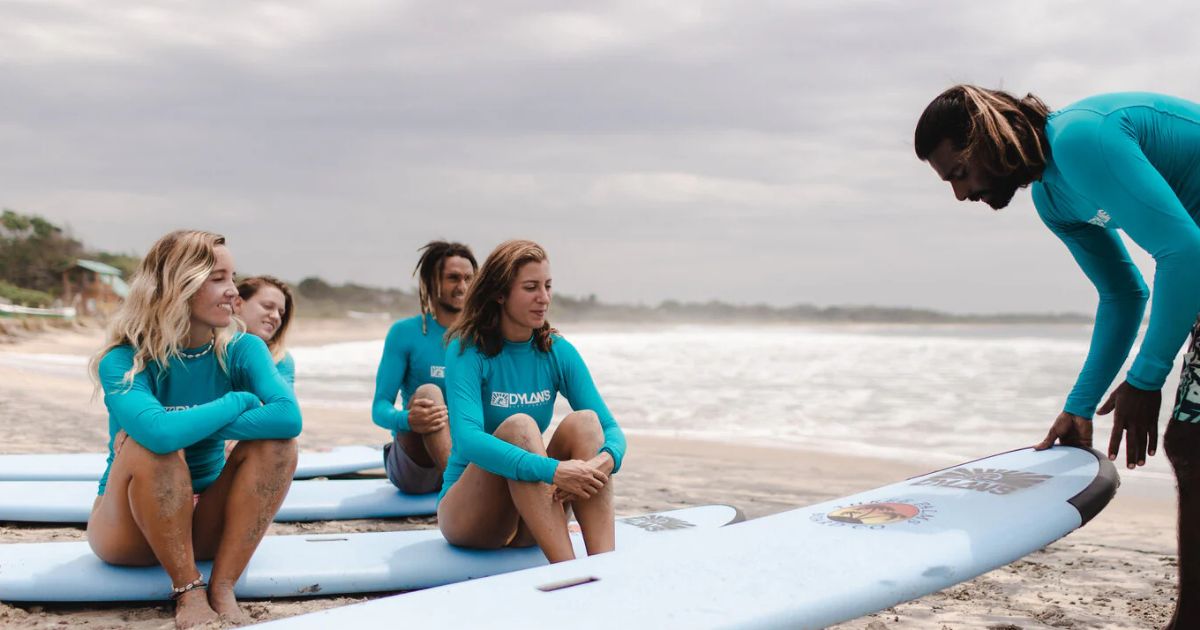
Must-Visit Diving Spots
Sri Lanka’s waters are a diver’s dream, with coral reefs, shipwrecks, and diverse marine life. Here are the top diving spots:
- Hikkaduwa: Home to a coral sanctuary and the “Hikkaduwa Wreck,” this spot offers vibrant reefs and marine life, ideal for all levels (Culture Trip).
- Trincomalee: Pigeon Island National Park is a highlight, with clear waters and coral reefs teeming with fish. Nearby shipwrecks, like the Irakkandy, add adventure (PADI).
- Kalpitiya: The Bar Reef, Sri Lanka’s largest coral reef, offers shallow dives for beginners and deeper sites for advanced divers, with sightings of blue whales and humphead wrasse (Tales of Ceylon).
- Unawatuna: Perfect for beginners with shallow reefs, Unawatuna also offers advanced sites like Dalawella Reef (TripAdvisor).
- Wreck Diving: Sri Lanka’s coast is dotted with wrecks, many covered in marine life, offering unique dives for experienced divers.
Diving Tips:
- Certification: A PADI certification is required for scuba diving; many centers offer courses.
- Best Time: Southwest (November–April); east (May–October).
- Marine Life: Expect turtles, reef sharks, colorful fish, and nudibranchs.

Must-Visit Snorkeling Spots
Snorkeling in Sri Lanka is accessible and rewarding, with shallow waters and vibrant marine ecosystems. Here are the top spots:
- Pigeon Island National Park (Nilaveli): A marine sanctuary with stunning coral reefs and diverse fish, rated highly for snorkeling (TripAdvisor).
- Hikkaduwa: The coral sanctuary offers easy access for snorkelers, with colorful corals and fish visible in shallow waters (Travel Triangle).
- Unawatuna: Ideal for beginners, Unawatuna’s calm waters and shallow reefs are perfect for snorkeling, with private tours available (TripAdvisor).
- Mirissa: Known for whale watching, Mirissa also offers snorkeling with turtles and vibrant reefs, with tours starting at $25 (TripAdvisor).
- Pasikudah: On the east coast, Pasikudah’s shallow, clear waters provide excellent visibility for snorkeling, up to 20 meters (Love Sri Lanka).
Snorkeling Tips:
- Equipment: Rent gear locally; ensure it fits well for comfort.
- Best Time: Matches diving seasons: southwest (November–April); east (May–October).
- Guided Tours: Join tours for safety and expert insights into marine life.
What You Can See
Sri Lanka’s waters are home to a dazzling array of marine life and landscapes:
- Surfing: Ride waves ranging from gentle beach breaks in Weligama to challenging reef breaks in Arugam Bay.
- Diving: Explore coral reefs, shipwrecks, and marine life like turtles, reef sharks, blue whales, and nudibranchs.
- Snorkeling: Swim among colorful corals, tropical fish, and sea turtles in shallow, clear waters.
Activities to Enjoy
Beyond the core activities, Sri Lanka’s coast offers additional experiences:
- Surf Camps: Join multi-day camps for immersive learning, often including yoga and surf theory (Book Surf Camps).
- Dive Courses: Enroll in PADI courses to gain certification or enhance skills (PADI).
- Snorkeling Tours: Opt for guided boat tours or glass-bottom boat experiences in Hikkaduwa for a unique perspective (TripAdvisor).
- Photography: Capture the vibrant underwater world or stunning coastal sunsets.
Equipment Needed
To ensure a smooth experience, pack or rent the following:
- Surfing: Surfboard, leash, wax, wetsuit (optional). Rentals are widely available.
- Diving: Mask, fins, snorkel, wetsuit, BCD, regulator, weights (provided by dive centers).
- Snorkeling: Mask, snorkel, fins (rentals available).
- General: Reef-safe sunscreen, hat, reusable water bottle, waterproof bag, and camera for underwater photography.
Nearby Destinations
Complement your water sports adventure with these nearby attractions:
- Galle Fort: A UNESCO World Heritage Site near Hikkaduwa and Unawatuna, perfect for history and culture (Lonely Planet).
- Yala National Park: Near Arugam Bay, ideal for wildlife safaris to spot leopards and elephants.
- Sigiriya: A few hours from the west coast, this ancient rock fortress offers a cultural contrast.
Safety and Environmental Considerations
Safety and sustainability are crucial for enjoying Sri Lanka’s water sports:
- Safety: Follow instructor guidelines, choose appropriate skill-level activities, and dive with certified operators.
- Environmental Respect: Avoid touching corals, use reef-safe sunscreen, and dispose of waste responsibly.
- Regulations: Adhere to rules in marine protected areas like Pigeon Island National Park.
- Sustainable Tourism: Support operators committed to conservation and local communities.

Activities to Enjoy
Beyond the core activities, Sri Lanka’s coast offers additional experiences:
- Surf Camps: Join multi-day camps for immersive learning, often including yoga and surf theory (Book Surf Camps).
- Dive Courses: Enroll in PADI courses to gain certification or enhance skills (PADI).
- Snorkeling Tours: Opt for guided boat tours or glass-bottom boat experiences in Hikkaduwa for a unique perspective (TripAdvisor).
- Photography: Capture the vibrant underwater world or stunning coastal sunsets.
Equipment Needed
To ensure a smooth experience, pack or rent the following:
- Surfing: Surfboard, leash, wax, wetsuit (optional). Rentals are widely available.
- Diving: Mask, fins, snorkel, wetsuit, BCD, regulator, weights (provided by dive centers).
- Snorkeling: Mask, snorkel, fins (rentals available).
- General: Reef-safe sunscreen, hat, reusable water bottle, waterproof bag, and camera for underwater photography.
Nearby Destinations
Complement your water sports adventure with these nearby attractions:
- Galle Fort: A UNESCO World Heritage Site near Hikkaduwa and Unawatuna, perfect for history and culture (Lonely Planet).
- Yala National Park: Near Arugam Bay, ideal for wildlife safaris to spot leopards and elephants.
- Sigiriya: A few hours from the west coast, this ancient rock fortress offers a cultural contrast.
Safety and Environmental Considerations
Safety and sustainability are crucial for enjoying Sri Lanka’s water sports:
- Safety: Follow instructor guidelines, choose appropriate skill-level activities, and dive with certified operators.
- Environmental Respect: Avoid touching corals, use reef-safe sunscreen, and dispose of waste responsibly.
- Regulations: Adhere to rules in marine protected areas like Pigeon Island National Park.
- Sustainable Tourism: Support operators committed to conservation and local communities.

Frequently Asked Questions (FAQ)
- What is the best time to visit Sri Lanka for water sports?
The southwest coast is ideal from November to April, while the east coast is best from May to October. - Do I need to be certified to go diving in Sri Lanka?
Yes, scuba diving requires a certification like PADI. Snorkeling does not, but guided tours are recommended for safety. - Are there surf schools for beginners in Sri Lanka?
Yes, schools like Kima Surf and Lazy Left Surf School cater to beginners with expert instruction. - What marine life can I expect to see while snorkeling?
You can see colorful fish, sea turtles, and vibrant coral reefs, depending on the location. - Is it safe to engage in water sports in Sri Lanka?
Yes, if you follow safety guidelines, choose reputable operators, and respect local regulations.
Conclusion
Sri Lanka’s coastline is a water sports paradise, offering world-class surfing, diving, and snorkeling experiences. From catching waves in Arugam Bay to exploring shipwrecks in Trincomalee or snorkeling with turtles in Mirissa, the island’s waters are brimming with adventure and beauty. With careful planning, respect for the environment, and the right gear, your aquatic journey in Sri Lanka will be an unforgettable blend of thrill and serenity. Plan your trip today and dive into the wonders of this tropical gem!
Q&A Section
Q: What transport does JLK Tours provide?
A: Comfortable, air-conditioned vehicles for transfers to and from the parks.
Q: Are entrance fees included?
A: Yes, all national park entrance fees are covered in the package.
Q: Does JLK Tours provide snacks and drinks?
A: Yes, snacks and drinking water are provided during the tour.
Q: Are government taxes included in the price?
A: Yes, all applicable taxes and service charges are included.

